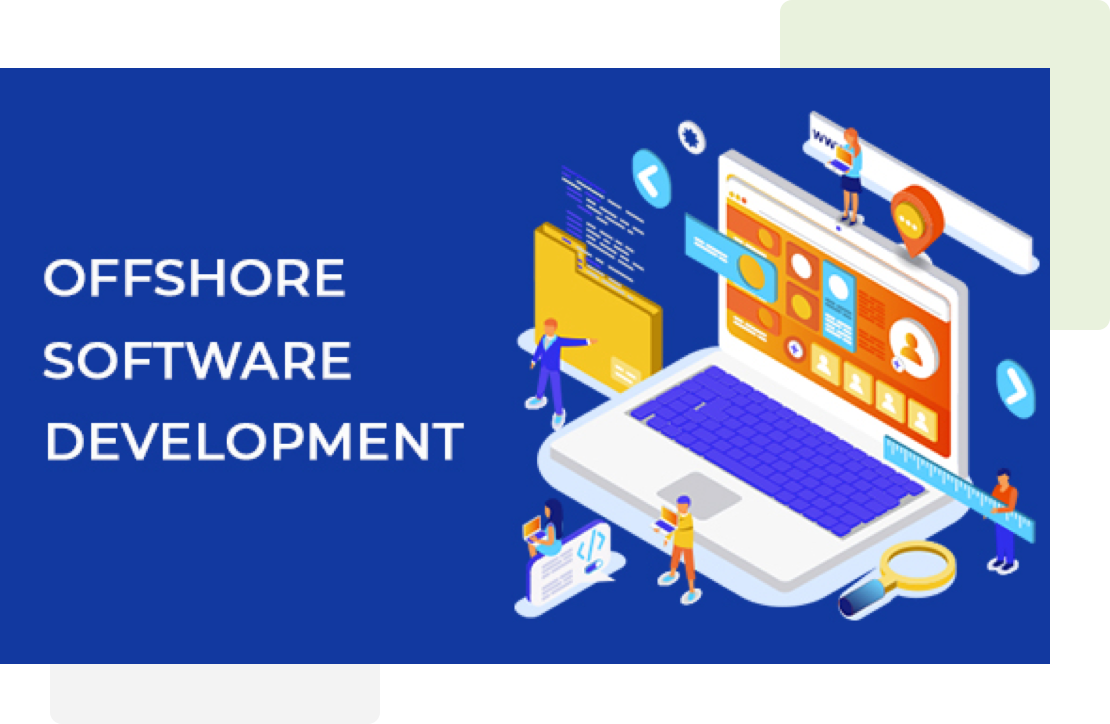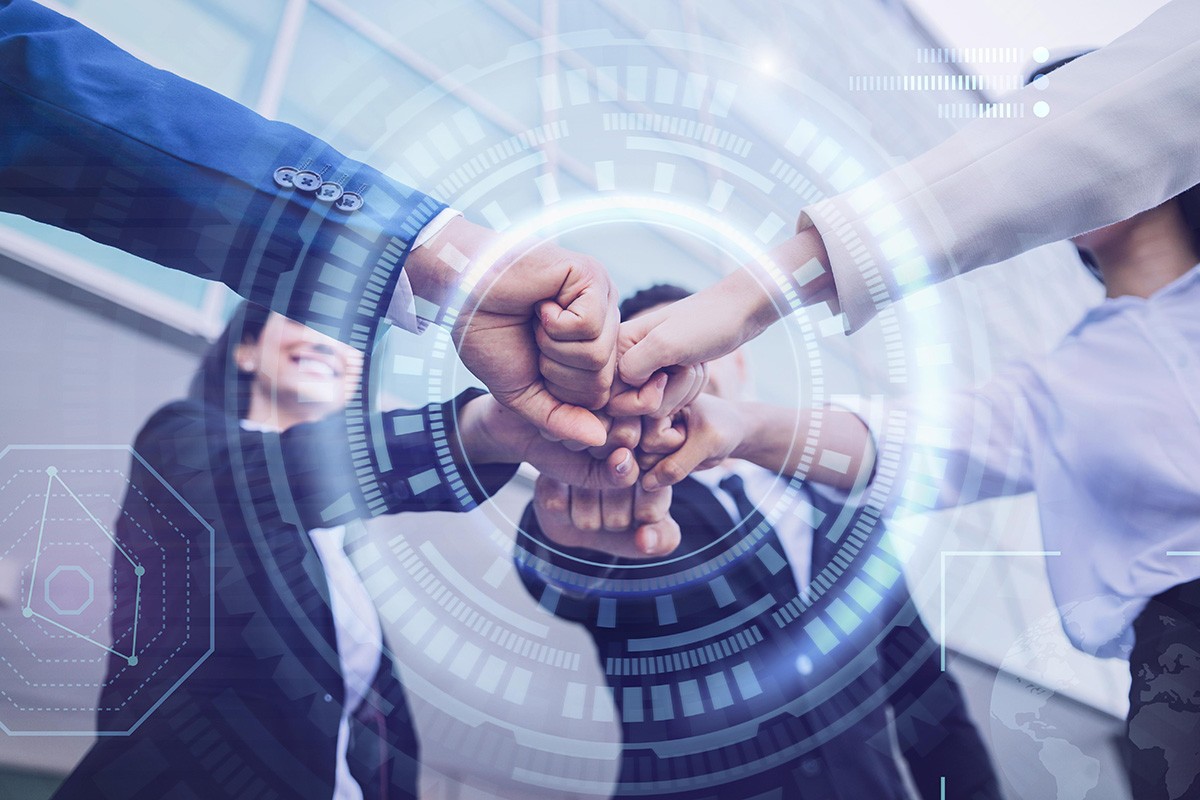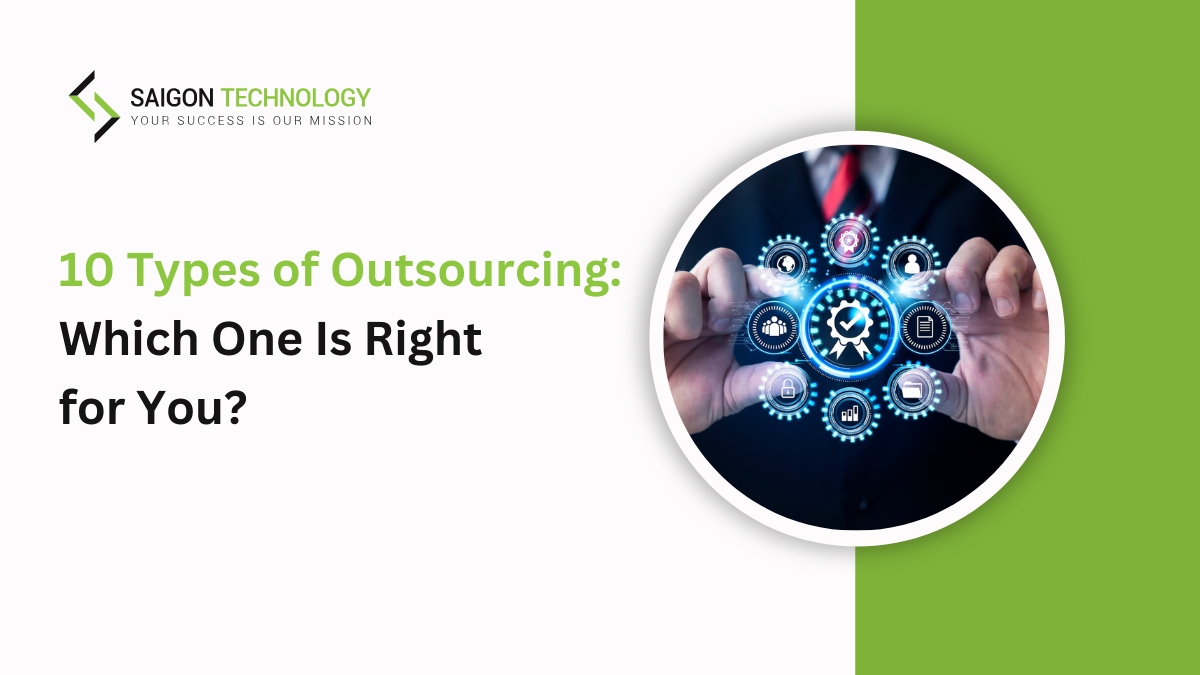-
OVERVIEW
-
SERVICES
-
MODELS
-
WHY CHOOSE US ?
-
OUR PROCESS
-
TECHNOLOGIES
-
FAQS
ISO-Certified Offshore Development Services for Secure, Scalable Solutions
With over 13 years of experience and 350+ engineers, Saigon Technology helps businesses build offshore development teams with scalability and flexibility while ensuring strong English proficiency. We are ISO 27001 and ISO 9001 certified. You can ensure enterprise-grade data security, disciplined, and consistent quality.
We've delivered 85+ dedicated teams and transferred 44+ developers through the BOT model. Our clients come from the U.S., Australia, the UK, Germany, and Singapore. We ensure seamless collaboration, no matter the time zone.
Tailored Engagement Models
Offshore Development Center
We build a full-time, scalable team tailored to your business needs. Our managed ODC services reduce costs and accelerate delivery. With our help, you can cut operational overhead and have more time for your business growth and innovation.
Ideal for businesses that:
- Need full-time, scalable development teams
- Want direct hiring control with minimal risk
- Prioritize IP protection and enterprise-grade security
- Require continuous development and long-term product support
How it works:
1. We learn your requirements and growth goals.
2. Based on your tech stack and timeline needs, we assemble an offshore development team.
3. Our experts cover operations, infrastructure, and setup.
4. You can stay in control and scale your team when needed.
Staff Augmentation
You can hire offshore developers on demand using this team augmentation and outsourcing cost model. One of our experts becomes part of your in-house team. Thus, you can scale your resources quickly.
Ideal for businesses that:
- Face sudden or seasonal workload spikes
- Need experts in specific technologies like AI, .NET, Java, Python, Node.js, Ruby on Rails, Angular, and React
- Want to support multiple projects without overloading internal teams
- Aim to reduce recruitment costs and HR overhead
How it works:
1. We study your project goals and technical requirements.
2. Within 7-10 days, we offer a vetted, top-tier developer that matches your needs.
Dedicated Development Team
Our offshore software solutions give you a dedicated team tailored to your exact needs. The technology leaders work only on your project. They integrate seamlessly into your workflows, too. With our technical consulting, you can boost productivity and reduce overhead. During the project, you have complete control with continuous delivery and transparent communication.
Ideal for businesses that:
- Require expert support for large-scale and complex projects
- Seek cost-effective and efficient team scaling
- Value long-term, stable partnerships
How it works:
1. We build a dedicated expert team aligned with your specific tech stack.
2. You maintain complete control over the tasks, goals, and communication.
3. We take care of HR, infrastructure setup, and ongoing admin support.
Real-World Offshore Software Development Case Studies
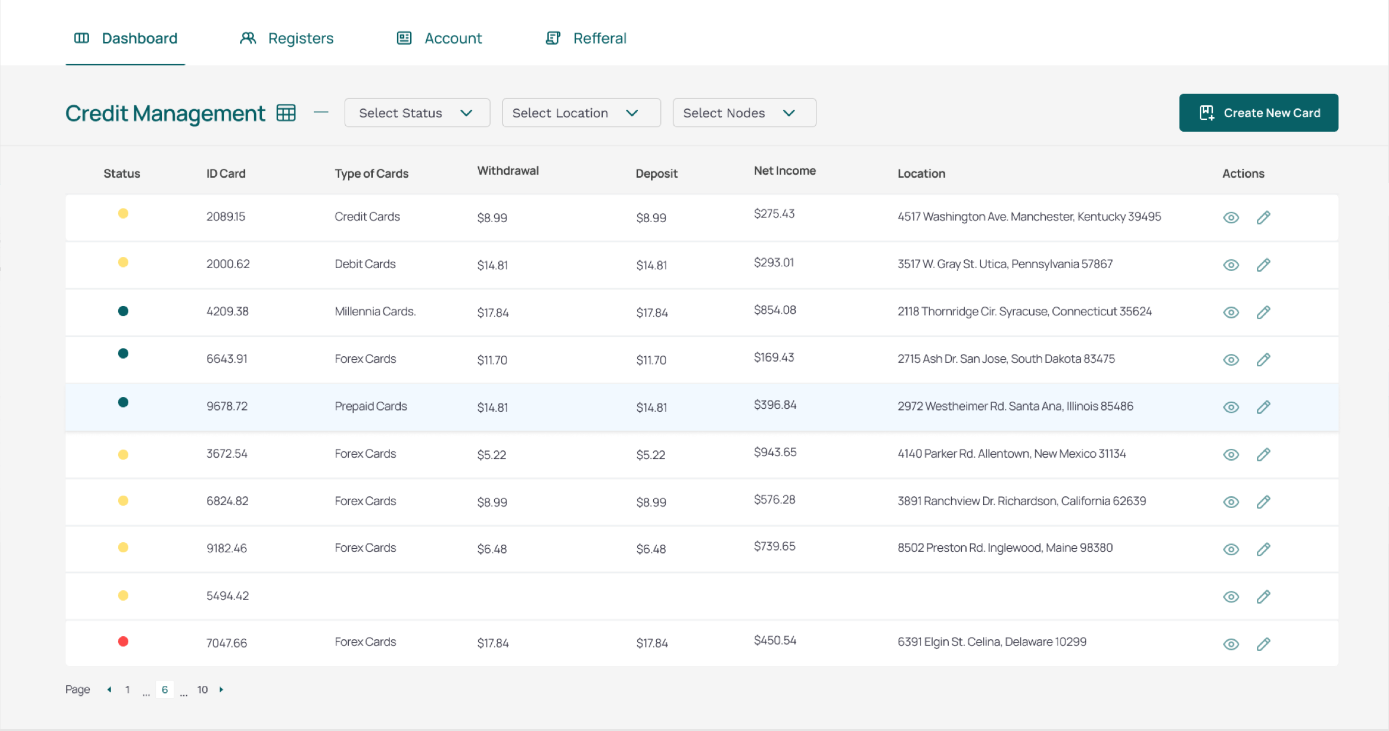
Personal Loan Platform
- Industry: Finance
- Challenges: The client needed to grow their senior engineering team to 20 people in just 3 months. Our task also included upgrading an old system to a modern one. Challenges were about hiring quickly, handling outdated technology, and working with remote teams in different time zones.
- Solutions: We sped up hiring and made onboarding smoother to build a strong offshore software development team quickly. Our engineers got up to speed fast thanks to structured knowledge sharing. We also set up shared working hours to improve real-time teamwork across global teams.
- Results: In 3 months, the client had a full offshore development team of 20 senior engineers. We upgraded the platform with better infrastructure and ensured faster product delivery. New features included a funnel builder, experimentation tools, and advanced fraud detection. Plus, we supported the Transfer-Based Lending (TBL) model. Ultimately, we improved user experience and reduced time-to-market.
- Read the full case study (PDF)
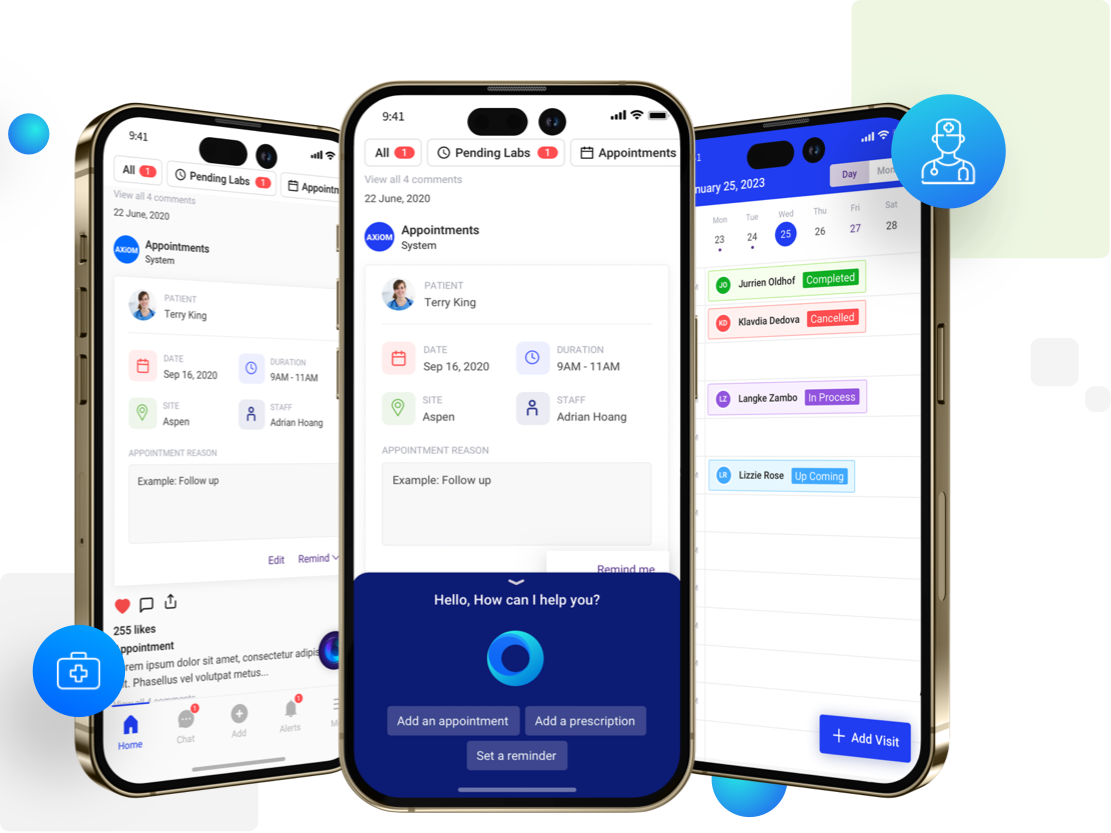
HealthTech - SaaS EHR Platform
- Industry: Healthcare
- Challenges: The client needed an easy-to-use interface for their customer support team to manage subscriptions. The platform required simple tools like drag-and-drop scheduling, real-time messaging, and SMS alerts. Interactive PDFs and secure video/audio calls are aimed at assisting non-technical users. The client also wanted to manage large datasets for employees, patents, and suppliers. Smart automation built on NLP was another requirement.
- Solutions: We built a scalable, multi-tenant system across the database, server, and front end. The cloud-native and HIPAA-compliant infrastructure ensured a secure environment. We also used many cloud services like Azure and AWS to further assist it. The intuitive interface, based on real user feedback, supported non-technical staff. SignalIR handled real-time updates, and Agora enabled high-quality audio and video calls. We added electronic signature features and integrated LUIS AI for NLP automation.
- Results: The new HealthTech EHR platform gave patients and healthcare providers a smooth experience. Non-technical users found the system easier to use. Doctors gained advanced tools like intelligent scheduling, real-time communication, and automated notifications. NLP features cut down manual data entry. This way, staff could spend more time on patient care and reduce admin work by 40%.
- Read the full case study (PDF)

Merit Logistics ODC
- Industry: Supply Chain & Logistics
- Challenges: The client aimed to upgrade a legacy ERP system built by multiple vendors over six years. Issues like fragmented source code and outdated architecture were tricky. We also had to deal with the lack of tools for field teams to manage tasks, track timesheets, and check in from mobile devices.
- Solutions: Our team reviewed the legacy systems and business processes. Then, we kicked off a three-phase offshore software development plan. We stabilized and improved old features while modernizing the platform. To support field teams, our offshore software developers built AI-powered Android apps. This technology enabled real-time check-ins and simplified task management.
- Results: The client moved from an outdated system to a unified, mobile-first solution. The new app boosted efficiency, enhanced task visibility, and reduced administrative overhead.
- Read the full case study
Other Offshore Development Case Studies
Download the 2025 AI Integration Pitch Deck for Healthcare & Fintech

Why Choose Saigon Technology for Offshore Software Development?
 Start Your 2-Week Free Trial with Confidence
Start Your 2-Week Free Trial with Confidence
We match top candidates to your exact requirements and solve tech talent shortage problems. Try this risk-free trial period to assess our technical expertise, communication, and performance before a long-term deal.
 Trusted by Global Enterprises - 800+ Projects Delivered
Trusted by Global Enterprises - 800+ Projects Delivered
With deep cross-industry expertise and 310+ successful apps, we help modernize legacy systems and streamline operations using emerging technologies. Our top offshore talent assists you with digital transformation.
 Scale Smarter with Expert Offshore Teams from $29/Hour
Scale Smarter with Expert Offshore Teams from $29/Hour
Saigon Technology offers top-quality offshore software outsourcing services at a competitive rate of $29/hour. Based in Vietnam, our engineers help you scale quickly. We maintain enterprise-grade quality while keeping your development costs under control.
 Local Points of Contact, Global Execution
Local Points of Contact, Global Execution
Partner with local points of contact you can rely on. From our USA office in Virginia, our U.S.-based team members and on-site leads coordinate with our Australia office to run your program end-to-end. This is how we ensure clear communication, strong time-zone coverage, and seamless execution. 13+ years of successful offshore delivery further secures your project.
 Work with Vietnam's Top 1% of Software Engineers
Work with Vietnam's Top 1% of Software Engineers
Hire English-proficient engineers pre-screened for technical depth and collaboration. Interview 2–3 candidates per role and start in 7–10 days. Expect time-zone overlap, role-relevant certifications, and clean communication. We help you handle HR, compliance, and ISO-aligned security.
 Ironclad IP Protection and Enterprise-Grade Data Security
Ironclad IP Protection and Enterprise-Grade Data Security
Saigon Technology is an ISO-certified offshore development company certified by BSI (UK). In every project, we enforce strict NDAs and international standards. We also ensure regulatory compliance and implement strong post-deployment safeguards. This ensures your data stays secure and your IP fully protected.
 Accelerate Delivery by 40% with Transparent, Agile, DevOps-Driven Teams
Accelerate Delivery by 40% with Transparent, Agile, DevOps-Driven Teams
We follow certified Scrum practices, define clear roles, and use top collaboration tools to ensure real-time visibility across every sprint. This approach gives you full visibility, faster results, and complete control.
Source: broadcom.com
 Flexible Offshore Models Built to Fit Your Growth
Flexible Offshore Models Built to Fit Your Growth
Choose the model that fits your needs: team extension, fixed-price, or a full offshore development center. Our consulting-led approach ensures scalable teams and cost efficiency. Your offshore development team then grows at your own pace.
 Agile Project Management that Delivers on Time - Every Time
Agile Project Management that Delivers on Time - Every Time
Our experienced project managers and team leads use Agile development methodology. Tools like Jira also help us handle your project. You will enjoy clear communication. The ultimate goal is about faster issue resolution, day-to-day management, and reliable delivery. Everything starts with your first discovery call.













Trusted by Global Companies
Client Feedback and Testimonials
Industries We Proudly Serve
Full-Cycle Offshore Software Development Services
Benefits of Offshore Software Development vs. Nearshore & Onshore

 Lower Total Cost of Ownership (TCO)
Lower Total Cost of Ownership (TCO)
Offshore teams cut 12–18-month TCO using lower rates and lean operations. You save on office space, payroll, and benefits. Offshore software development also allows you to flex headcount by sprint. Extra savings come from reduced recruiting, facilities, and tooling. This way, you only pay for work delivered, not idle staff or fixed overhead.
 Deep, Specialized Talent Pools
Deep, Specialized Talent Pools
Access to a bigger talent pool for hard-to-hire roles. You can work with experts in AI, ML, Data Engineering, DevOps, Cloud, and mobile. Pre-vetted teams come with proven playbooks. Thus, your PM, designers, engineers, and QA specialists can shorten development time from months to weeks. No worries about slow recruiting and skill gaps.
 Speed & 24×5 “Follow-the-Sun”
Speed & 24×5 “Follow-the-Sun”
Follow-the-sun delivery keeps work moving 24×5. Offshore software development teams build and test your software overnight. Meanwhile, onshore reviews and plans in the morning. This process speeds up iterations. You can shorten lead times and deliver predictable releases. Your staff don’t have to work overtime to speed up development.
 Elastic Scalability
Elastic Scalability
Scale up or down by sprint or quarter without long delays. You can add pods for parallel work, then adjust as your priorities change. With clear plans, SLAs, and budget guardrails, you stay in control. This approach also keeps your project aligned with your business needs.
 Process Maturity & Quality
Process Maturity & Quality
Get institutionalized quality and security. Your partner follows ISO 9001/27001 to ensure compliance. CMMI and SDLC disciplines help increase efficiency and productivity. CI/CD pipelines, code reviews, and automated testing bring consistent engineering quality. Use DORA and QA metrics to make outcomes measurable and audit-ready. Ultimately, your product meets enterprise and regulated workload expectations.
 Risk Diversification
Risk Diversification
Spread delivery across multiple geographies to reduce local disruption risks. Multi-site delivery also means balanced currency exposure. Cross-trained teams follow shared runbooks to maintain continuity. Together, these practices build resilience and steady costs. You can eliminate single-market dependencies.
Our Offshore Development Process
Discovery & Project Alignment
In the discovery phase, we outline your goals, technical requirements, and success metrics. A dedicated project manager and business analyst are in charge of these tasks to ensure clarity and accountability.
Define Scope and Align on a Clear Roadmap
After signing the NDA, we study your project requirements. This stage aims to clarify scope, priorities, and constraints. Our business analyst creates a clear, strategic project roadmap based on the Work Breakdown Structure (WBS). Following the plan, your project stays on time and on budget.
Select the Best-Fit Engagement Model (1 Week)
With our consultation, you can choose the best model for your needs. Your options include ODC, a dedicated team, staff augmentation, and a BOT. Interview candidates directly, select the right model, and hit the ground running — all within a week. Tools like Zoom, Jira, and Slack assist your project as well.
Lock in Terms and Launch with Confidence (1–2 Weeks)
In this stage, we offer a clear agreement for your offshore development team. The agreement includes:
- Development methodology (Agile, Scrum, Kanban) on the software development lifecycle
- Project scope, deliverables, and timeline
- Tech stack, resource allocation, and budget estimation
- SLA-driven quality benchmarks
- Security protocols and data protection measures
- Weekly meetings and communication tools
- Full IP ownership
Rapid PoC & MVP Development (Upon Request)
Want to validate your design idea before investing in full-scale development? Choose our proof of concept (PoC) or minimum viable product (MVP) development service. We use Agile workflows and real user feedback to help you avoid risks. Then, you can gain insights and scale with confidence.
Agile Software Development
You can speed up product development with Agile methods like Scrum, CI/CD, and Git-based workflows. We offer real-time sprint updates, fast release, and regular demos. This way, you can have full visibility and control during the process. With code reviews and continuous integration, your product will meet high standards and launch faster.
End-to-End QA to Ensure Speed, Security, and Stability
Our QA team handles both manual and automation testing strategies. Our tests cover regression, performance, integration, security, and UAT. We also integrate Jenkins and GitHub Actions into our CI/CD pipelines. This allows us to catch quality issues early in the development cycle — reducing risk and rework. As a result, you speed up delivery while ensuring enterprise-grade quality.
Seamless, Low-Risk Deployment for Confident Launches
CI/CD pipelines, along with blue-green and canary deployments, reduce risks and ensure smooth releases. Our DevOps practices include monitoring uptime in real time. We ensure your product scales smoothly to meet real-world performance demands.
Long-Term Support to Keep Your Product Running at Peak Performance
Our partnership doesn’t end at launch. SLA-backed enhancements and ongoing maintenance allow your product to scale, perform, and evolve. Our offshore software development service covers these tasks:
- SLA-based monitoring and bug fixes
- Ongoing optimization and feature updates
- Third-party integrations and full documentation
- Seamless handover and knowledge transfer
Our Insights
FAQs
What Is Offshore Software Development?


Offshore software development means you work with skilled developers from other countries to build digital products. Example: U.S. companies choose offshore development services in Vietnam, Asia, to scale their software. This approach lets you tap into global expertise. Reduce costs and accelerate time to market.
Reliable offshore development partners use tools like Jira, Slack, and Zoom to eliminate communication barriers. By partnering with professional vendors, you can scale easily and deal well with cultural differences. A trusted partner helps overcome local hiring bottlenecks and boosts long-term ROI.
What Is the Difference Between Onshore, Nearshore, and Offshore Software Development?


The primary difference is where you outsource to and how it affects cost, communication, and talent access.
- Onshore: Your partner is in the same country with the same time zone and culture. This allows for real-time collaboration, seamless communication, and cultural alignment. But it often comes with higher costs.
- Nearshore: Your partner comes from a nearby country. The time zone can be similar, and rates are lower. However, the available talent pool may be smaller.
- Offshore: Your partner is from a distant country. The offshore vendor offers the most cost-effective rates and a wider talent pool. Dedicated remote developers also ensure 24/7 development cycles.
What Is the Difference Between In-house and Offshore Software Development?


In-house development means your team handles the whole process. This gives you maximum control and enhanced data security. The tradeoff is higher costs and longer hiring timelines.
Offshore development, on the other hand, gives you access to global talent, faster project kickoffs, and cost savings. Your partner starts by agreeing on scope and goals. Success in offshoring software development depends on strong collaboration with a trusted provider.
How Does an Offshore Development Service Manage Communication Across Time Zones?


Saigon Technology makes offshore staff augmentation smooth. Our goal is a long-term partnership through transparent communication and dependable collaboration. You can even have a trial period to gain trust before a full commitment. Here's how we keep everything efficient:
- Overlapping hours: We have daily and weekly check-ins in shared time zones.
- Real-time collaboration: Live chats happen via Slack or Teams; formal updates are delivered via email.
- Project tracking and code management: We use Jira, Trello, Asana, and GitHub/GitLab for task tracking, version control, and maintaining full Agile transparency.
- Complete documentation: We record every key decision, update, and change.
- Continuous feedback: Regular reviews and surveys improve quality and team performance.
How Do We Build High-Performing Offshore Development Teams from Day One?


Our end-to-end process guarantees your offshore software developers are in sync with your culture and goals. The team development process is as follows:
- Talent alignment: We review your tech stack, language, culture, and goals to match you with the right expertise.
- Sourcing & screening: Our talent team pre-vets candidates for different aspects. The assessments include technical skills, communication ability, and English fluency.
- Technical validation: Developers complete real-world coding tests using popular frameworks. Senior engineers conduct interviews with developers to ensure top performance.
- Offer & onboarding: We set up compensation, tools, and workflows. Then, your team kicks off with full project management support.
- Your outcome: A high-performing team that fits seamlessly into your workflow. You can deliver value from day one and meet customer expectations in the end.
How Do You Ensure Code Quality & Security?


With our offshore development services, security is baked in. Our developers obey strict, industry-standard coding practices. During the project, we run thorough QA processes and follow ISO 27001. End-to-end QA and security testing help safeguard your data and intellectual property at every stage. The result is a robust, secure, and bug-free product.
Will Language or Time Zone Differences Impact My Project?


No. Our engineers speak fluent English and have experience working with US-based teams. We can also adjust to your time zone, no matter where you are. Thus, you get real-time collaboration, quick responses, and smooth handoffs.




